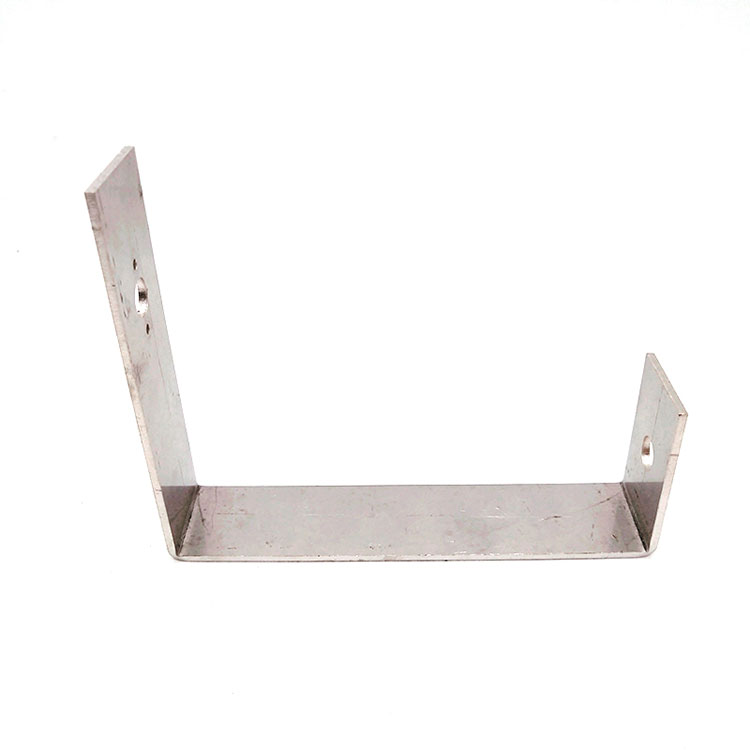Enduring Elements: Ensuring the Durability and Weather Resistance of Solar Panel Mount System Roof Hooks
2023-11-24
Introduction:
In the ever-evolving landscape of renewable energy, solar panel installations have become synonymous with sustainability. At the heart of these installations lie essential components, including solar panel mount system roof hooks. These seemingly modest hooks play a pivotal role in ensuring the longevity and efficiency of solar energy systems. In this blog post, we'll delve into the methods employed to guarantee the durability and weather resistance of roof hooks, securing their role in the long-term success of solar panel installations.
1. Choice of Corrosion-Resistant Materials:
A fundamental aspect of enhancing the durability of roof hooks is the selection of corrosion-resistant materials. Common materials such as aluminum, stainless steel, and galvanized steel are chosen for their innate ability to withstand the corrosive effects of environmental elements. This choice is instrumental in preserving the structural integrity of the roof hooks over time.
2. Galvanization and Zinc Coating:
To bolster the corrosion resistance of steel components, manufacturers often employ galvanization or zinc coating processes. These methods involve applying a protective layer of zinc to the surface of the metal. This sacrificial layer acts as a shield against corrosive agents, ensuring that the steel core remains unaffected and robust, even when exposed to challenging weather conditions.
3. Anodization of Aluminum:
For aluminum roof hooks, anodization is a prevalent technique employed to enhance both durability and weather resistance. Anodization involves creating a controlled oxide layer on the aluminum surface, providing an additional barrier against corrosion. This process not only fortifies the metal but also contributes to its resistance to abrasion and wear.
4. Weather-Resistant Coatings:
Roof hooks often undergo additional treatments, such as the application of weather-resistant coatings. These coatings, including powder coatings, are designed to shield the hooks from the harmful effects of ultraviolet (UV) radiation, moisture, and temperature fluctuations. The coatings act as a protective shield, ensuring that the hooks maintain their structural and aesthetic properties over extended periods.
5. Rigorous Testing for Environmental Conditions:
Manufacturers subject roof hooks to rigorous testing under simulated environmental conditions. These tests include exposure to varying temperatures, humidity levels, and UV radiation. By replicating the challenges posed by different weather scenarios, manufacturers can assess the performance of roof hooks and fine-tune their designs for optimal durability.
6. Sealing Mechanisms to Prevent Water Ingress:
Water is a common adversary for outdoor components, and roof hooks are no exception. To counteract the detrimental effects of moisture, roof hooks incorporate sealing mechanisms. Gaskets and seals are strategically placed to prevent water ingress, safeguarding the internal components and preserving the integrity of the hooks against the corrosive influence of water.
7. Design Considerations for Wind Resistance:
Durability extends beyond corrosion resistance to encompass the ability to withstand external forces. Roof hooks are meticulously designed to ensure wind resistance, particularly in regions prone to strong gusts. The structural design takes into account factors such as wind load, and the hooks are engineered to provide a stable anchor for the solar panels.
8. UV-Resistant Materials:
Given the prolonged exposure to sunlight, roof hooks often incorporate UV-resistant materials. This feature is crucial in preventing the degradation of materials caused by continuous exposure to ultraviolet rays. UV-resistant elements contribute to the hooks' longevity and ensure they maintain their structural integrity over the years.
Conclusion:
In the quest for sustainable energy solutions, the durability and weather resistance of solar panel mount system roof hooks are paramount. Through careful material selection, advanced coatings, and rigorous testing, manufacturers ensure that these unassuming components stand resilient against the elements. As solar technology continues to advance, the ongoing commitment to enhancing the durability of roof hooks contributes to the reliability and success of solar panel installations around the globe.



